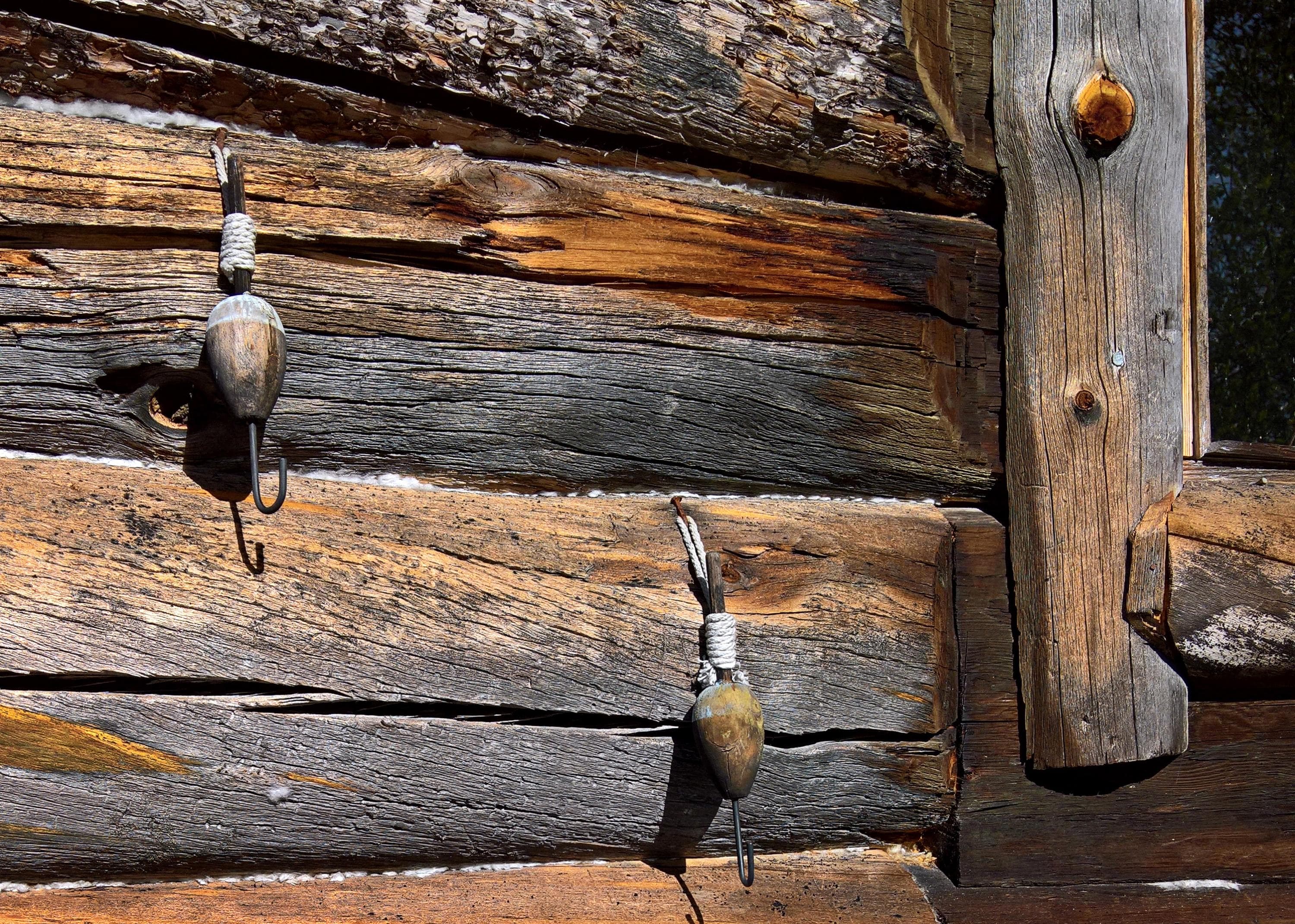Era of forest Sámi
The first settlers around Miekojärvi were forest Sámi. Some of the animals they hunted for were deer, as evidenced by hunting pits that can still be seen in Kaaraneskoski area. The name "kaaranes" appears to come from the Sámi language word for a raven, or 'karanas'. Deer hunting made life easy for ravens living around the hunting pits. Kiviniemi at the northern end of Lake Miekojärvi may have been a 'seita', a sacred place of the Sámi. Many stone objects have been found there. The southern end of Lake Miekojärvi was already settled in prehistoric times.
Spread of permanent settlement
The settlements of people of Finnish descent spread along the Tengeliö River from the direction of the Torne from the 16th century on. Before the arrival of permanent settlement, people living on the Torne River came here to hunt and fish. There are records of fishing in Lake Miekojärvi going back to the early 16th century. Kenttälahti area on Vaarasaari island was used for centuries as a fishing base where people lived during the fishing season. The first new holdings were established around Lake Miekojärvi in the 1730s and 1740s. A road from Ylitornio to Pessalompolo was built in the late 1920s and a road from Pello to Sirkkakoski in the 1930s. Before this, people travelled to the area by water or using old pathways.
Blast furnace of Kaaranes
Olof Ekström, an industrial magnate from the village of Svanstein on the Torne River, had a blast furnace built at Kaaraneskoski rapids between Miekojärvi and Vietonen in 1804-1805. The furnace was built of natural stone without mortar, and it was a rectangular structure around four metres in height and eight metres in width. The idea was to exploit the lake ore in Miekojärvi and Vietonen as well as the mineral deposit of Karhunjupukka by melting it into pig iron and to transport it to Kengis ironworks in Sweden for rolling. The blast furnace cracked already in summer 1806, however. As it could not be repaired, this was the end of the story for the furnace. The ruins of the blast furnace are still visible in the water.
